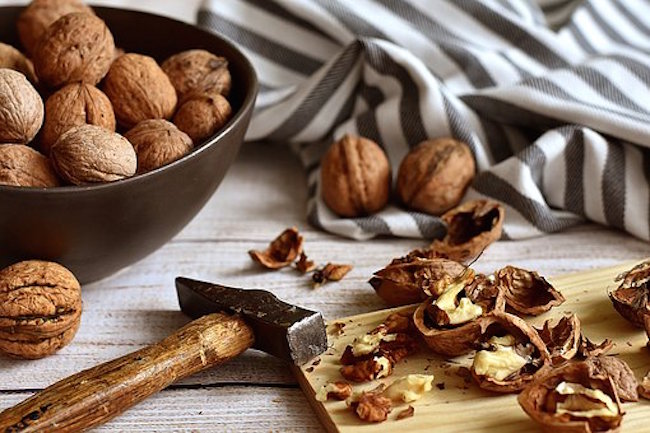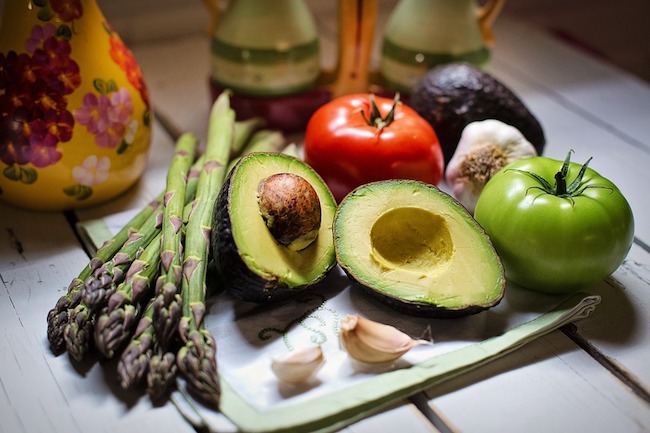The nutritional content and health benefits of pecans and walnuts by: Edsel Cook for Natural News
Pecans and walnuts are similar nuts that are well-regarded for their taste and healthiness – even if they differ greatly in looks and taste. So, how do they compare with each other in terms of nutritional value?
A serving of walnuts contains slightly more calories than an equivalent amount of pecans. Much of that energy is stored in the form of fats.
Fortunately for both nuts, their fat content heavily leans towards polyunsaturated and monounsaturated fatty acids. These are considered to be “good” fats that increase the levels of “good” cholesterol. There are also a lot of omega-3 and omega-6 fatty acids in the nuts, which also support cardiovascular health.
Walnuts contain close to twice the amount of protein as pecans. On the other hand, pecans possess somewhat greater amounts of dietary fiber and natural sugars, so they have more carbohydrate content.
Many of the members of the vitamin B group are present in both nuts. So are trace amounts of vitamins C, E, and K. Walnuts have the B vitamins choline and niacin, while pecans show tiny amounts of vitamin A.
Furthermore, pecans and walnuts are packed with phytosterols, the plant equivalents of cholesterol that maintain healthy concentrations of good cholesterol. However, only walnuts showed large amounts of essential minerals, lower levels of calcium, iron, and potassium, and a smattering of sodium. (Related: Pecans are delicious, nutrient-packed powerhouses that reduce the risk of certain cancers.)
Pecans and walnuts provide many similar health benefits when eaten
In general, both pecans and walnuts bring the same nutritional benefits to the table. They have essential vitamins, healthy fats, minerals, and proteins that are necessary for a healthy body.
The similar types and amounts of nutrients present in the nuts mean that their health benefits are also more or less analogous. They certainly provide the right amount of energy to power important bodily functions.
Pecans and walnuts are also excellent sources of antioxidants and natural compounds that prevent the onset of inflammation. Eating these nuts will strengthen the healthy activities of the brain. They also help lower the chances of a neurodegenerative disease afflicting the person as he or she grows older.
A 2014 scientific paper released by researchers at Tufts University says that the polyphenols in walnuts reduce oxidation and inflammation in the brain. The plant-based natural compounds also help brain cells send important signals with greater ease.
The two nuts help ensure the health of the cardiovascular system. Their good fats and phytosterols ensure a steady amount of good cholesterol, which prevents high blood pressure and atherosclerosis.
They also play big roles in controlling weight and avoiding obesity. The dietary fiber in the nuts helps digest food, increases metabolism, and reduces the urge to eat more food than necessary.
Pecans help manage the amounts of ghrelin, a hormone that is connected with eating and stress. High ghrelin levels are seen in people who are under severe stress and prone to binge eating.
The best ways to enjoy the taste and nutrients of pecans and walnuts
Pecans and walnuts can be consumed raw. Indeed, they should be eaten this way to maximize their nutritional value. The nuts make for a healthy snack during the middle of the morning or the afternoon.
Raw walnuts share the same nutty taste as most nuts. They also have slight hints of sweetness, which makes for a great addition to desserts, salads, and shakes that call for this healthy food.
Pecans are able to preserve much of their nutrients during the cooking process. They lend a welcome buttery flavor to Southern recipes for breads, pastries, pies, and even dinners.




